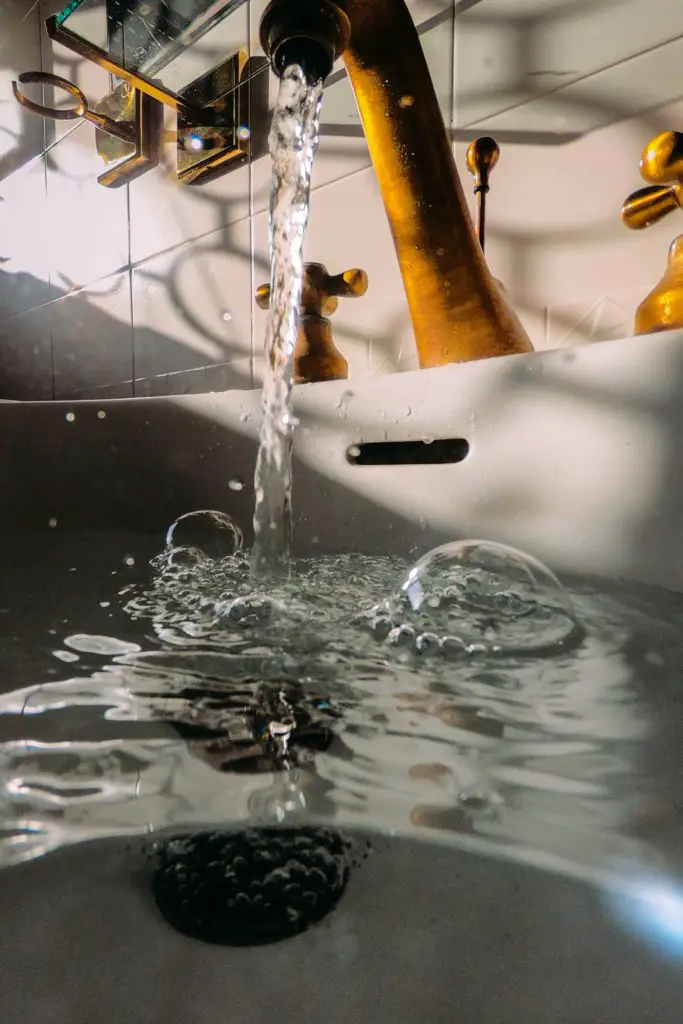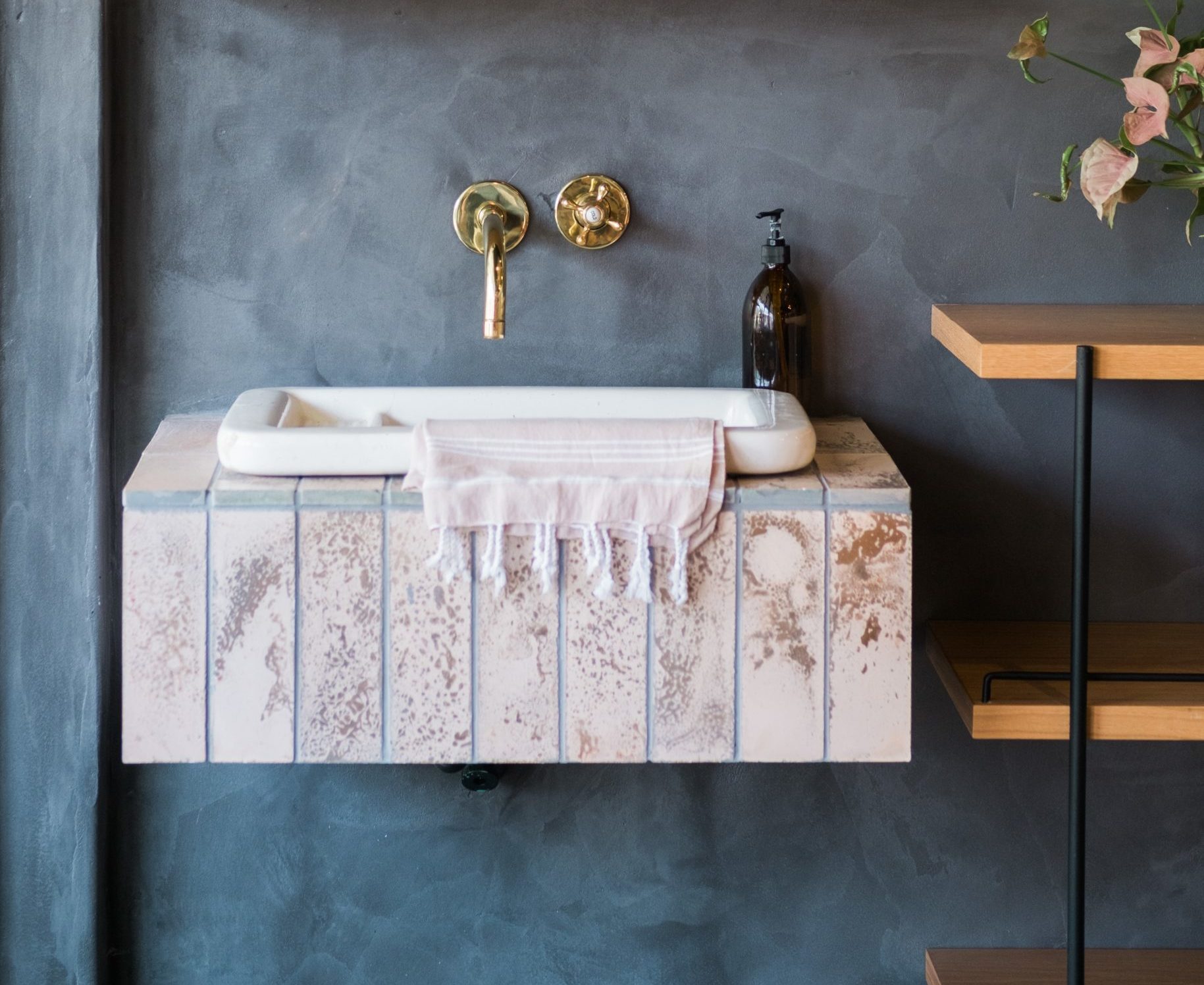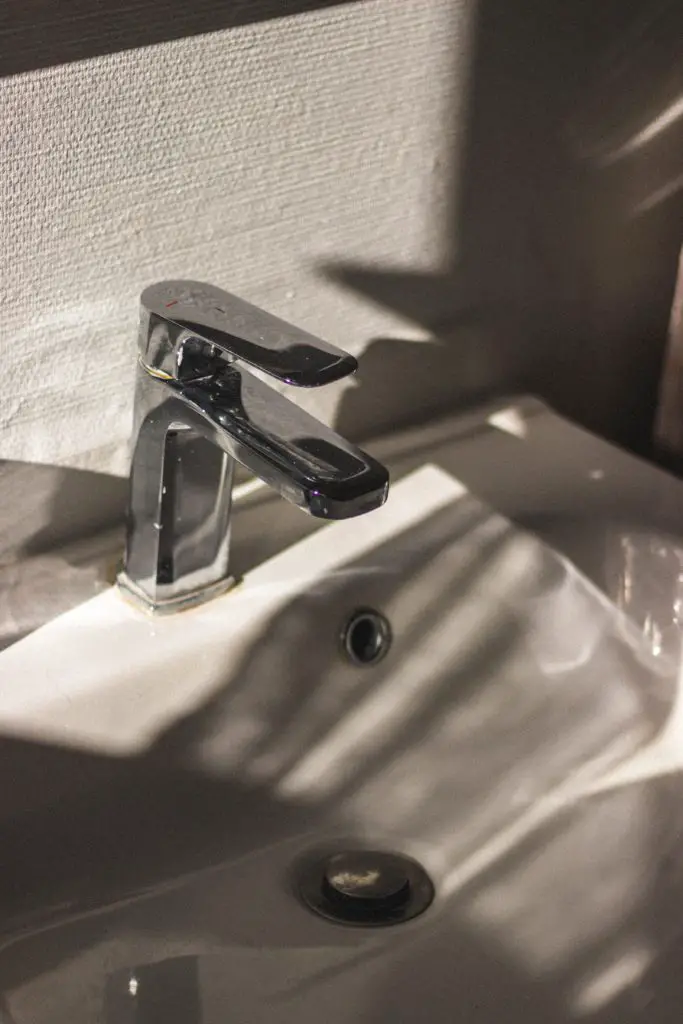How to Install PEX Pipe to Bathroom Sink
**Articles may contain links that I earn compensation for if clicked and you make a purchase. As an Amazon Associate, I earn from qualifying purchases. These earnings do not actually impact the price of the product or service.
PEX pipe fittings, apart from being easy to install, are environment-friendly. They prevent chemicals from damaging the metal and other materials used in the hot and cold water line connections. In addition, they cost less as opposed to other pipe fittings.
If you want to know how to install a PEX pipe system for your bathroom sink, this article shows you how to do that. Be sure to follow all the instructions properly and follow the tips as well.
 Steps to Install PEX Pipe to Bathroom Sink
Steps to Install PEX Pipe to Bathroom Sink
Before getting started, make sure that you turn off the valve of your water lines. Installing px pipes is not that difficult. However, you have to pay attention to specific instructions to get it right.
Step 1: Gather the Tools for PEX Fittings
Before you begin the installation process, there are necessary tools you should have handy so you can carry on with installation without mistakes. They are:
- PEX Pipe
- Measuring Tape
- Crimping Tool
- PEX Pipe Cutter
- Crimp Rings
- Spanner
As soon as you have these tools in place, move to the next step.
Step 2: Measure the Pipe
With the measuring tape, measure the length of the pipe you want to use in the fitting. Whatever length you decide should cover the distance between the supply valves and faucet.
Moreover, we advise that you add a few extra inches to your desired length to accommodate any bend or tight cavity. At least four extra inches are optimal for this purpose. Furthermore, make a mark on the pipe to identify the length.
Step 3: Cut the PEX Pipe
After you have measured the PEX pipe to the desired length, use the pipe cutter to cut the pipe at the spot you marked. Carefully insert the pipe between the PEX pipe cutter and cut in a straight line.
Be careful when cutting so that the edges are not uneven. This is because uneven edges create loose ends in the water lines.
Furthermore, crimping becomes a problem when cutting is not done properly.
Step 4: Compress the PEX Fitting
The next step is compression, otherwise known as crimping.
Place the crimp ring on both ends of the pipe. Compress the crimp ring very tightly. This is because this step is crucial to the installation.
In other words, the tighter the compression valve, the firmer the seal. Using the crimping tool, seal the compression fittings firmly. After that, the next step in the process is to start installing.

Step 5: The Sink Faucet Connection
This is the point where you connect PEX. To connect the faucet, use the spanner and start turning the nuts affixed to the faucet connectors.
These connectors are inside the faucet’s threaded connection. The nuts are to be turned anti-clockwise. Continue turning until the connectors are securely tightened.
There are always two sink faucet stems in the PEX piping. Note that the blue pipes on the right faucet stem are the cold water pipe.
In contrast, the red pipe on the left faucet stem channels hot water. When connecting, ensure not to mix the hot and cold lines in the process.
Don’t stop tightening the nuts on the connectors until they are firm, then secure them with the sink using the adjustable spanner. You don’t need to use extra tighteners or sealants such as pipe dope. The PEX lines seal the faucet connection with its rubber washer.
Pro Tip: Avoid over-tightening the nuts, so you do not damage the materials. Just a firm hand tightening is enough to do the job.
Step 7: Tightening the Loose Ends
Not a literal loose end in this case, but the final step in the installation process is to turn on the water valve. You want to do this to ensure you did the job properly. When you turn the valve on, check for possible leaks and make adjustments where needed.
If you do not notice any form of leakage, then congratulations on a job well done. You can now turn on the faucet and allow the water to pass through.
These are the steps to install a PEX pipe to a bathroom sink in both residential and commercial buildings. If you follow these instructions properly, installing a PEX fitting will not be difficult for you.
Furthermore, if you have made up your mind to utilize this type of plumbing, you should consider the benefits below.
 Benefits of Using PEX Plumbing
Benefits of Using PEX Plumbing
There are many benefits of using a PEX fitting. From easy installation to low expense, there are many advantages of using PEX plumbing.
Inexpensive Plumbing
In comparison with other plumbing options, PEX materials are very low cost. Usually, the cost of purchasing is less than 50 percent of other plumbing types in the market.
Quick Installation
As seen in this article, PEX is very easy to install since it is made of very flexible materials. The installation process doesn’t take much time at all and does not require a high level of technical know-how.
Eliminates Corrosion
With copper plumbings, corrosive water can affect the copper negatively, thus impacting the materials’ lifespan. However, with PEX piping, corrosive water does not affect the materials in the water lines.
Suitable for Extreme Weather
When water becomes frozen, most pipes are usually affected and may eventually burst. However, with PEX, their flexible nature allows them to expand and adjust to the temperature of the water.
Our Final Thoughts
Although traditional copper pipes have been the go-to when it comes to plumbing and the installation of water lines, the advantages of PEX tubing far outweigh them.
Whether it is for hot or cold water, a new or existing plumbing, you need to know how to install a PEX pipe to your bathroom sink before attempting it.
Installing the water line in your sink is not a difficult job. Just be sure to follow the instructions in this article in detail.



